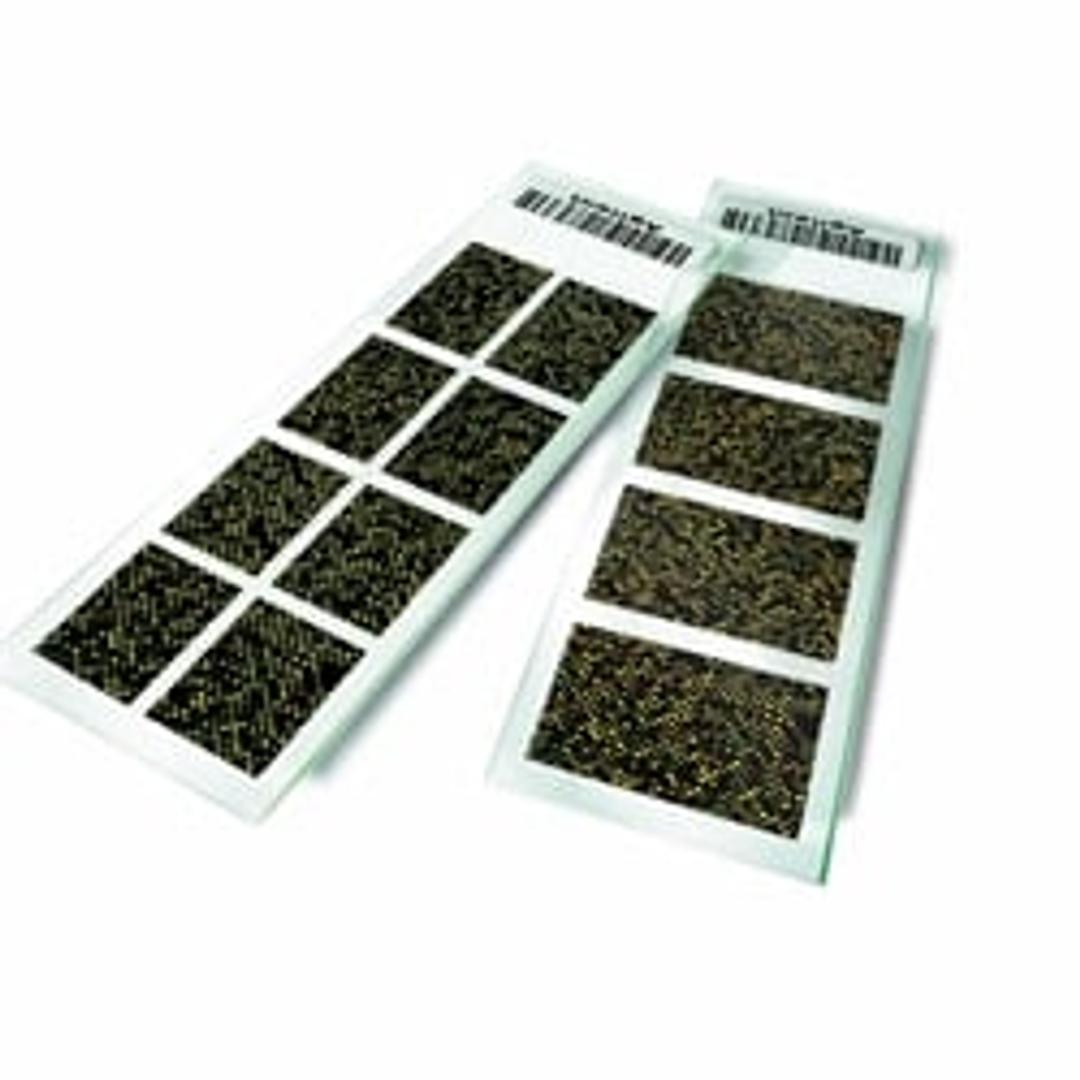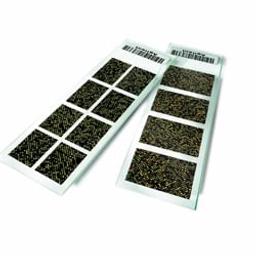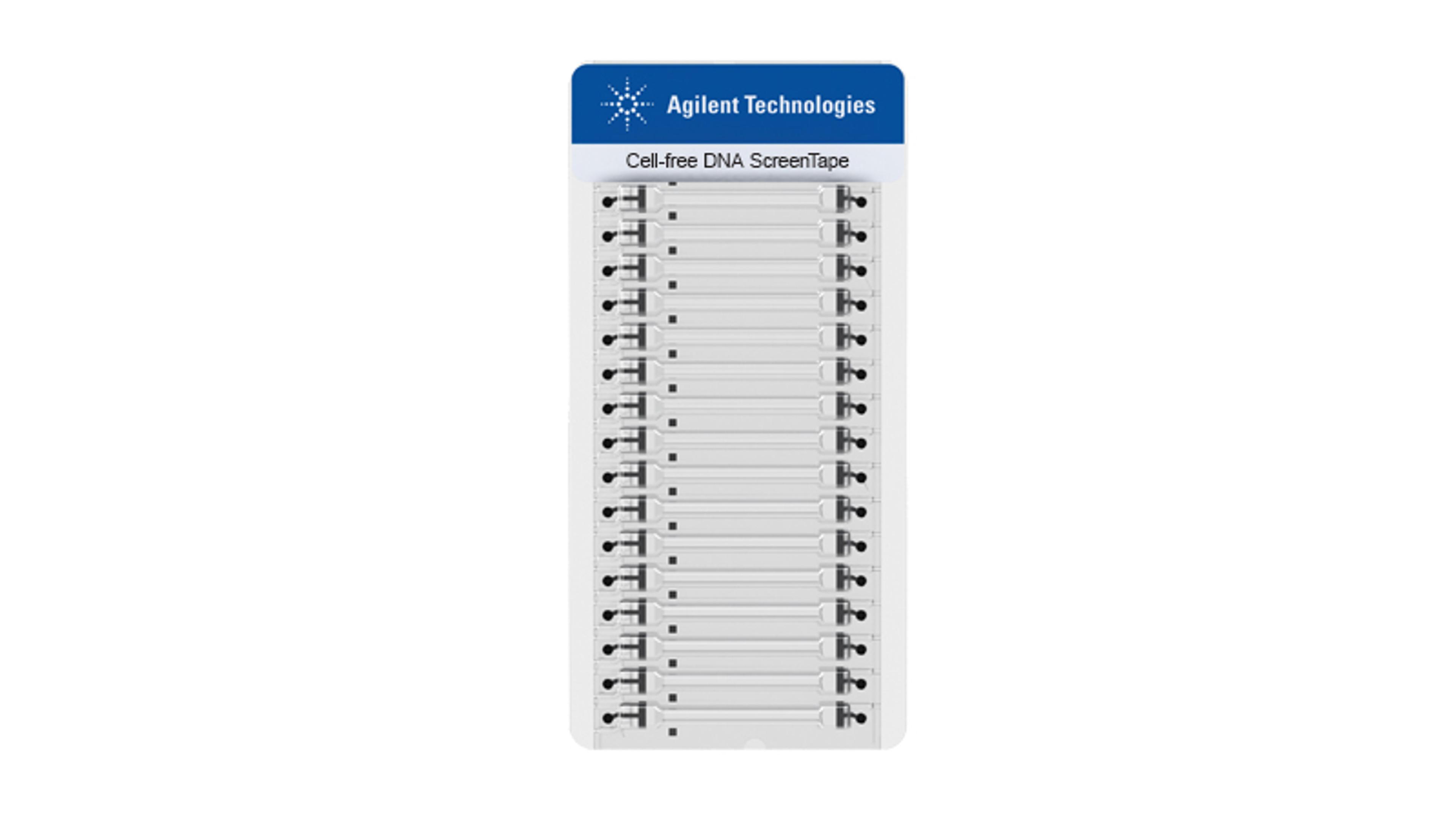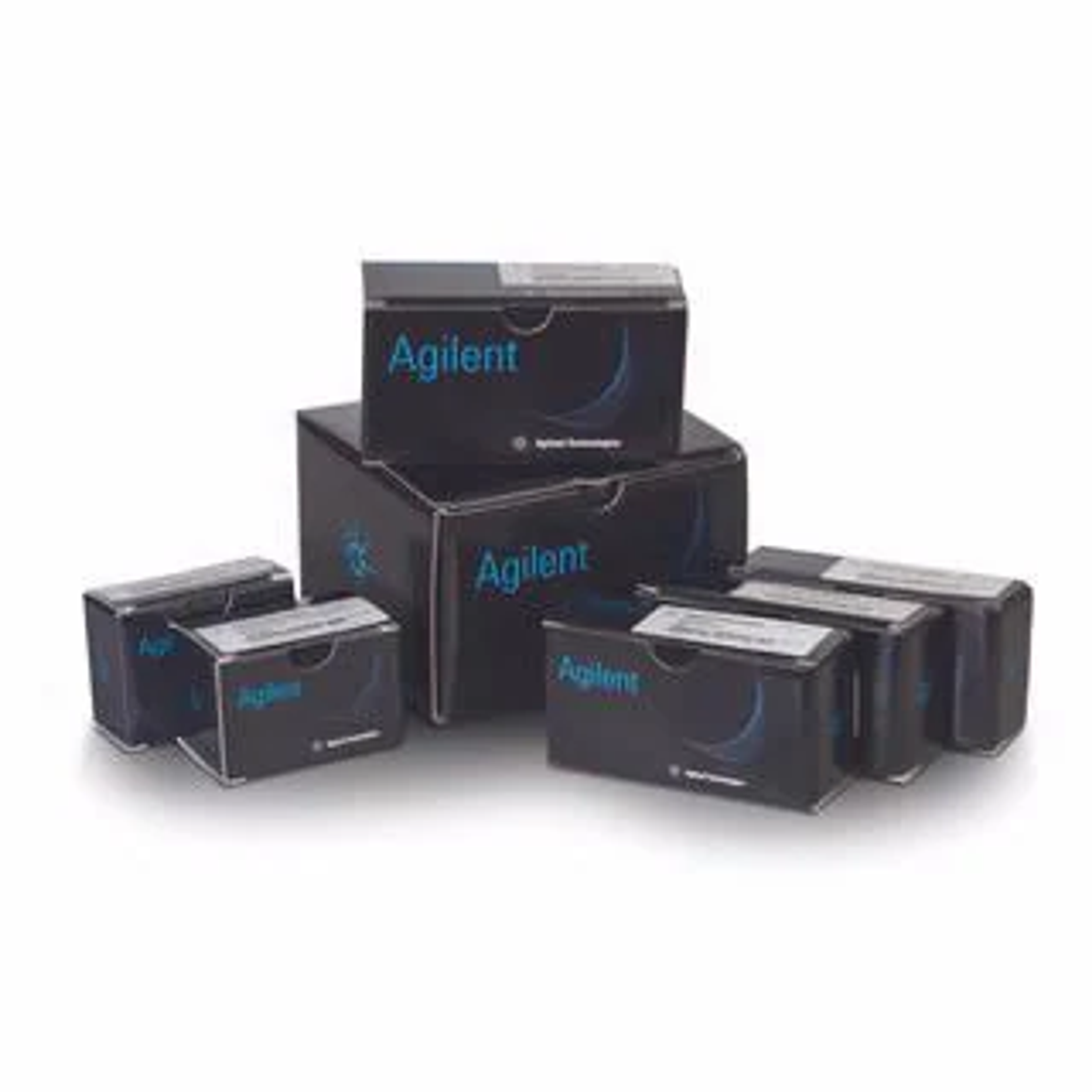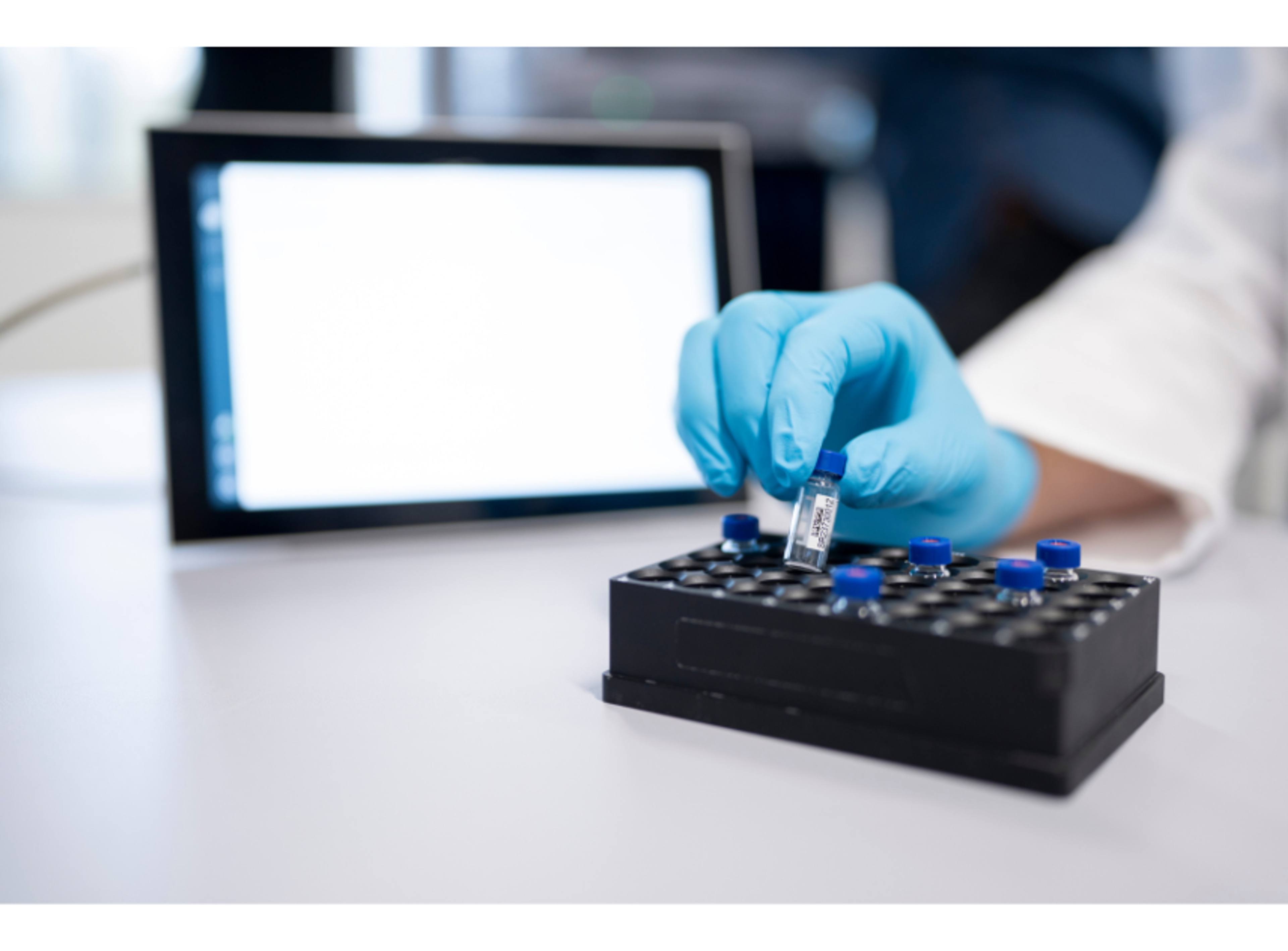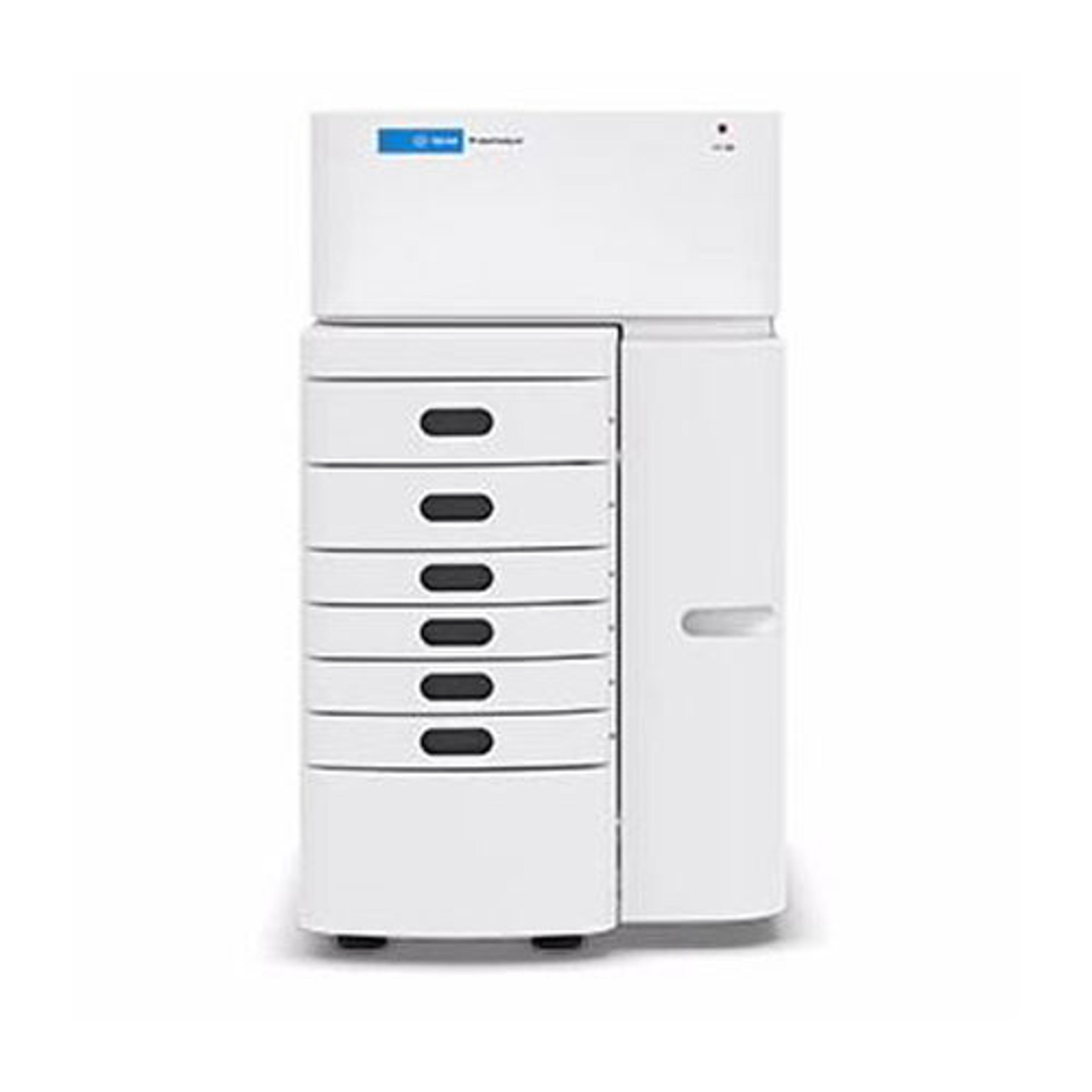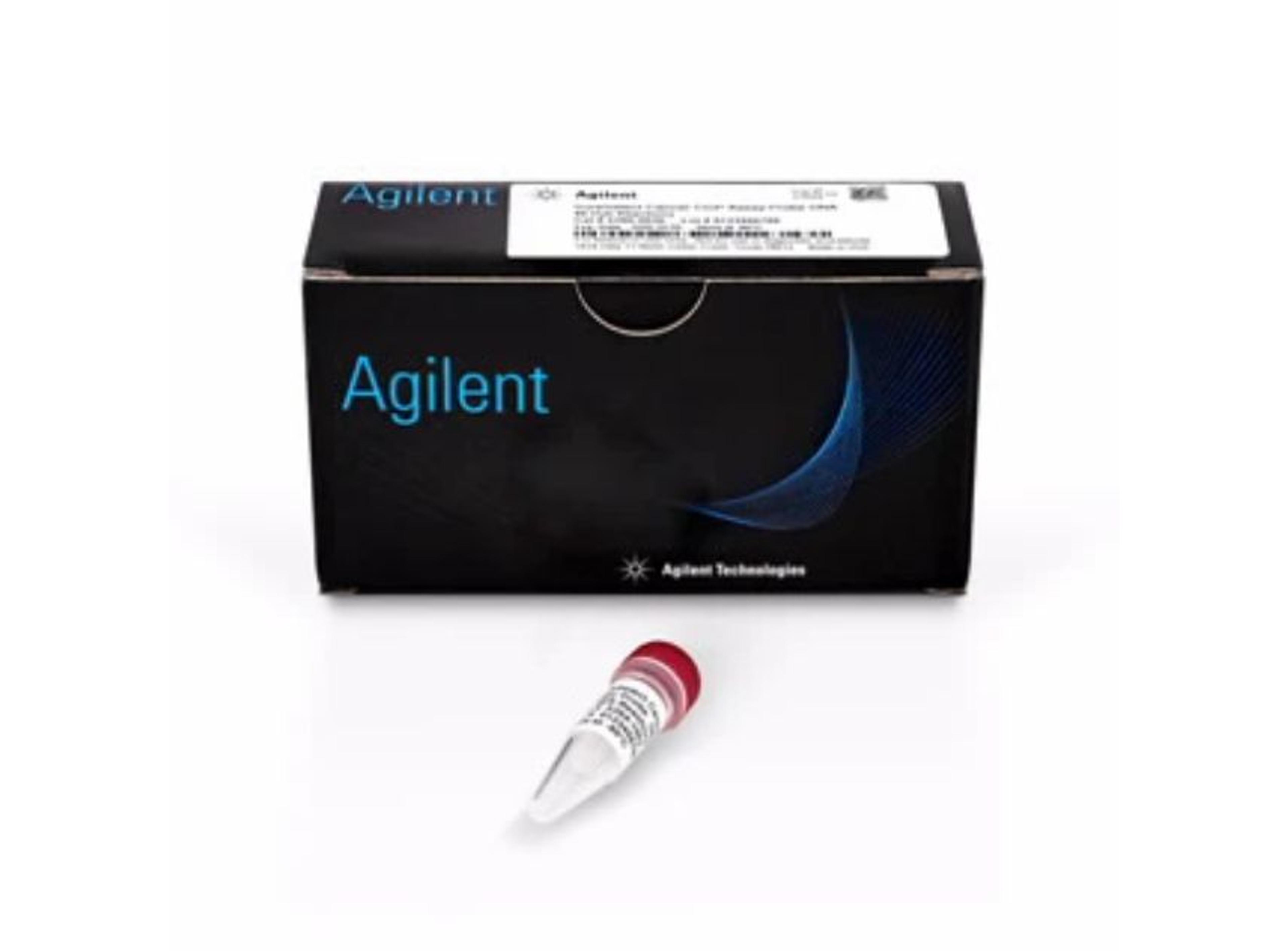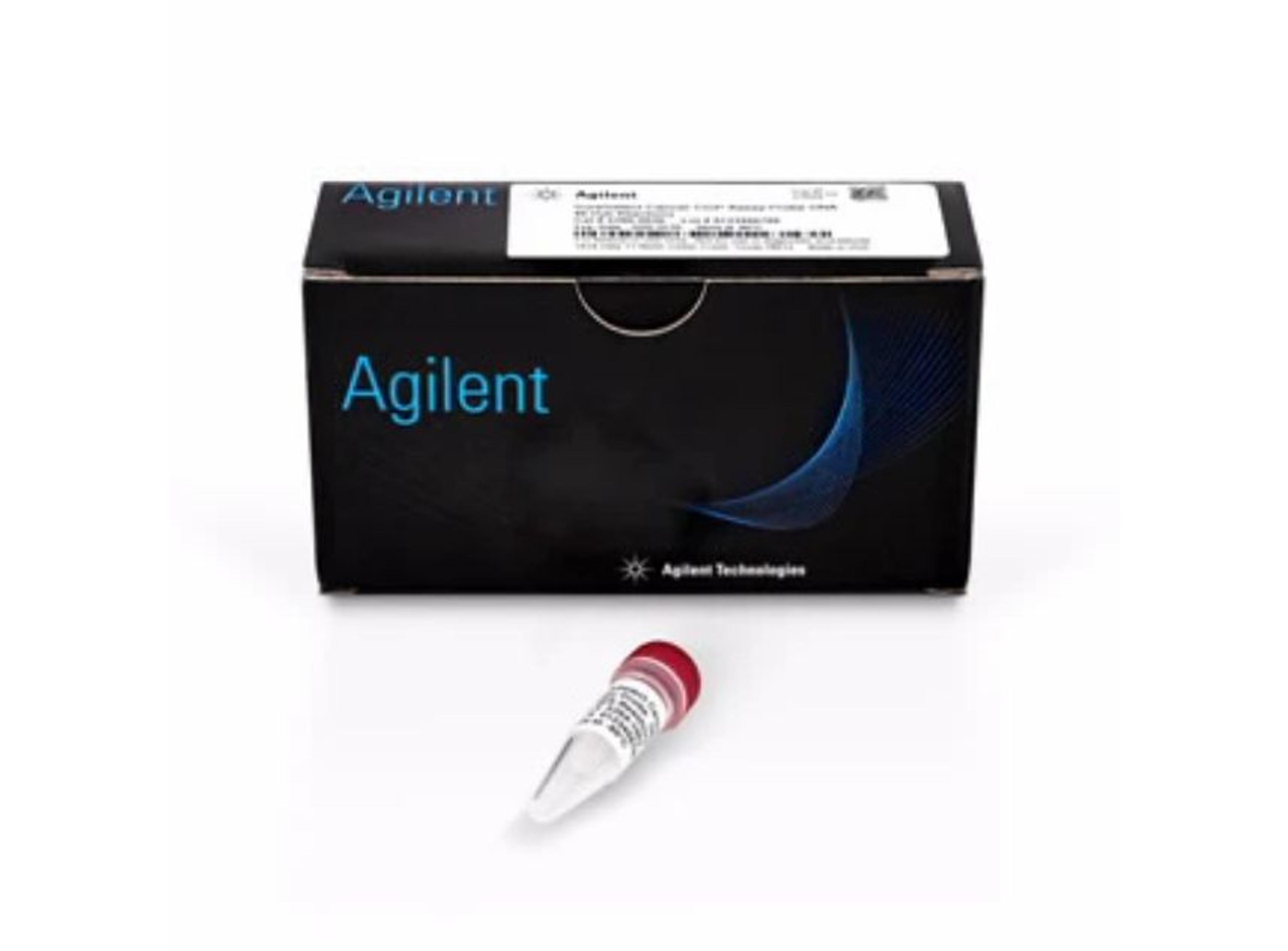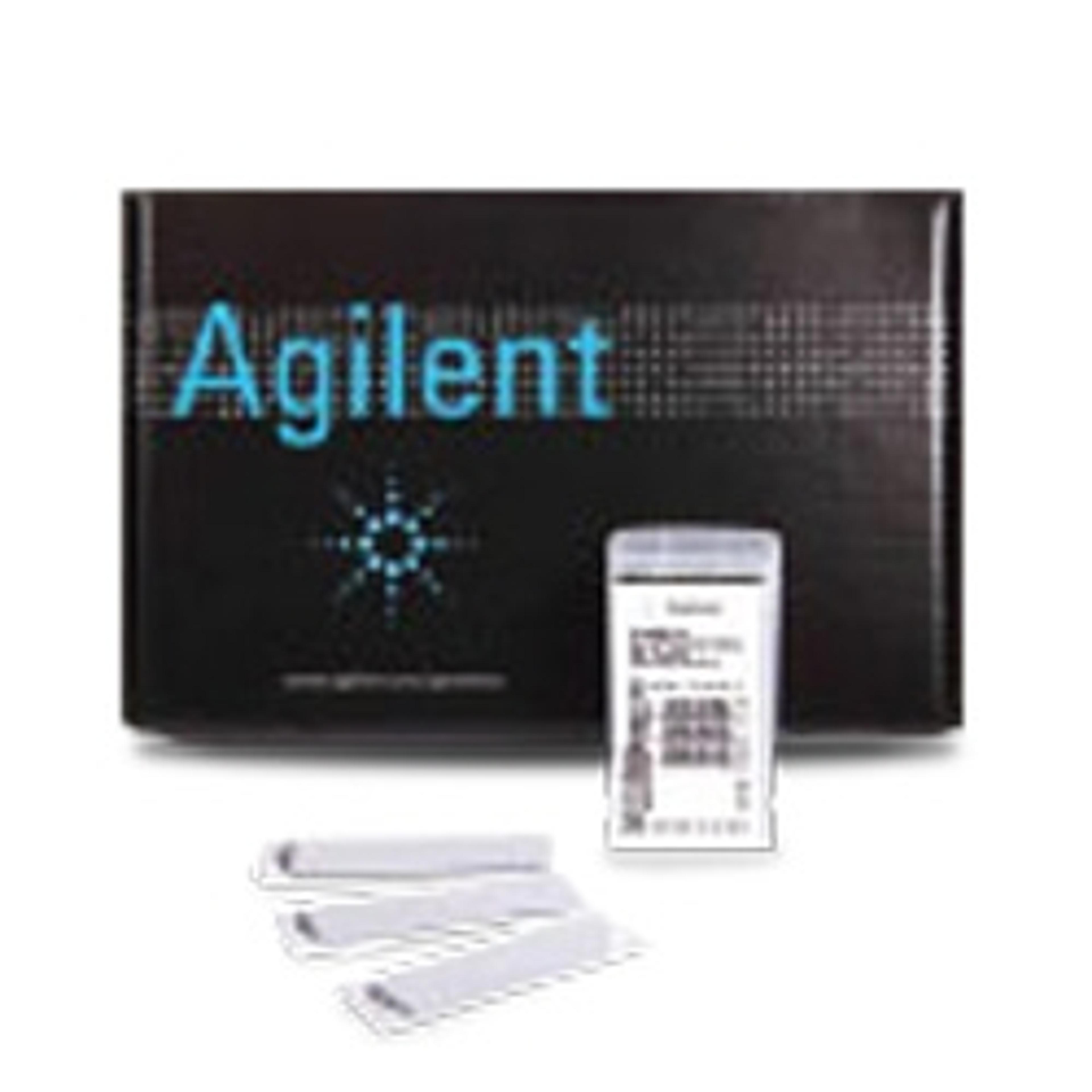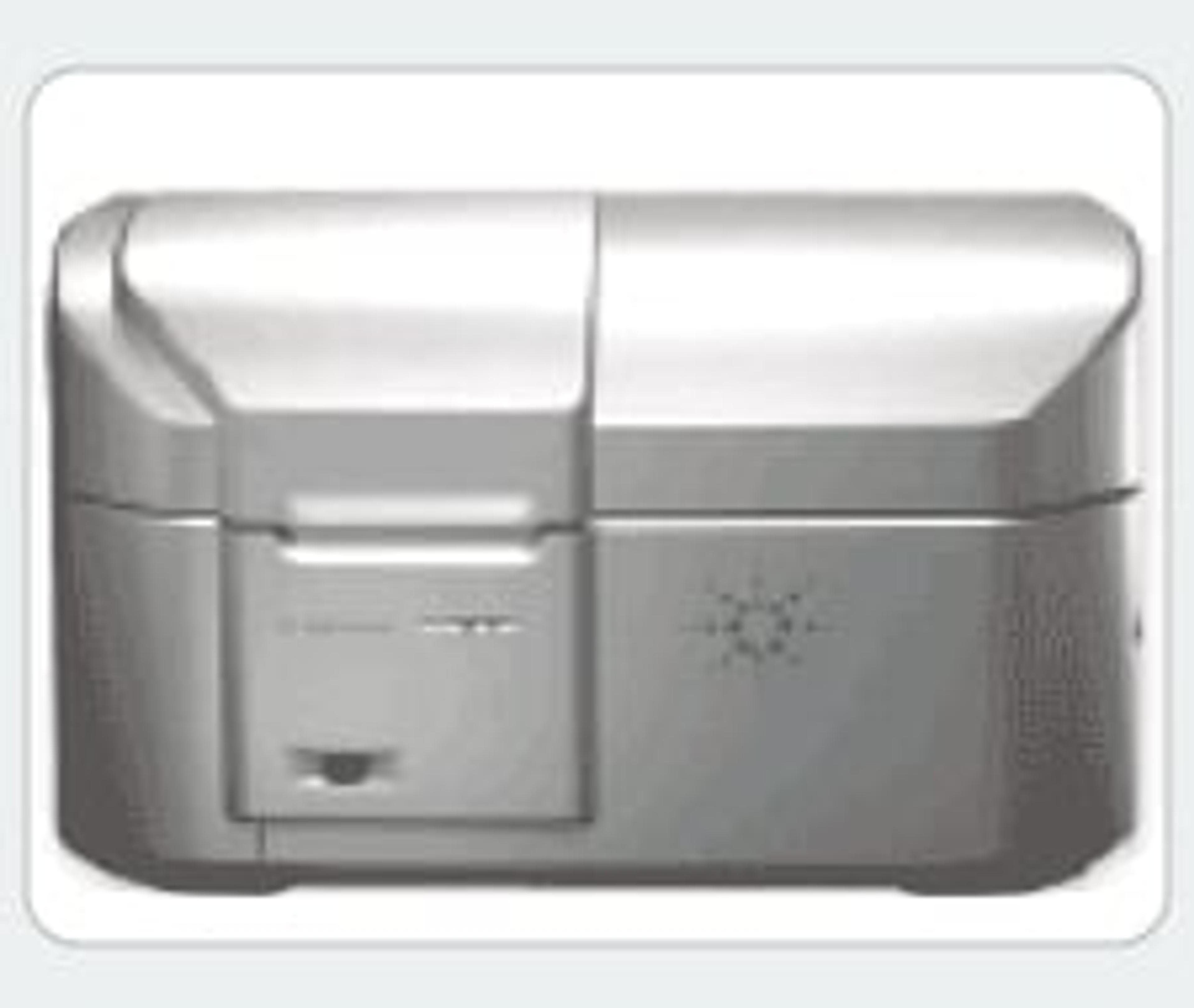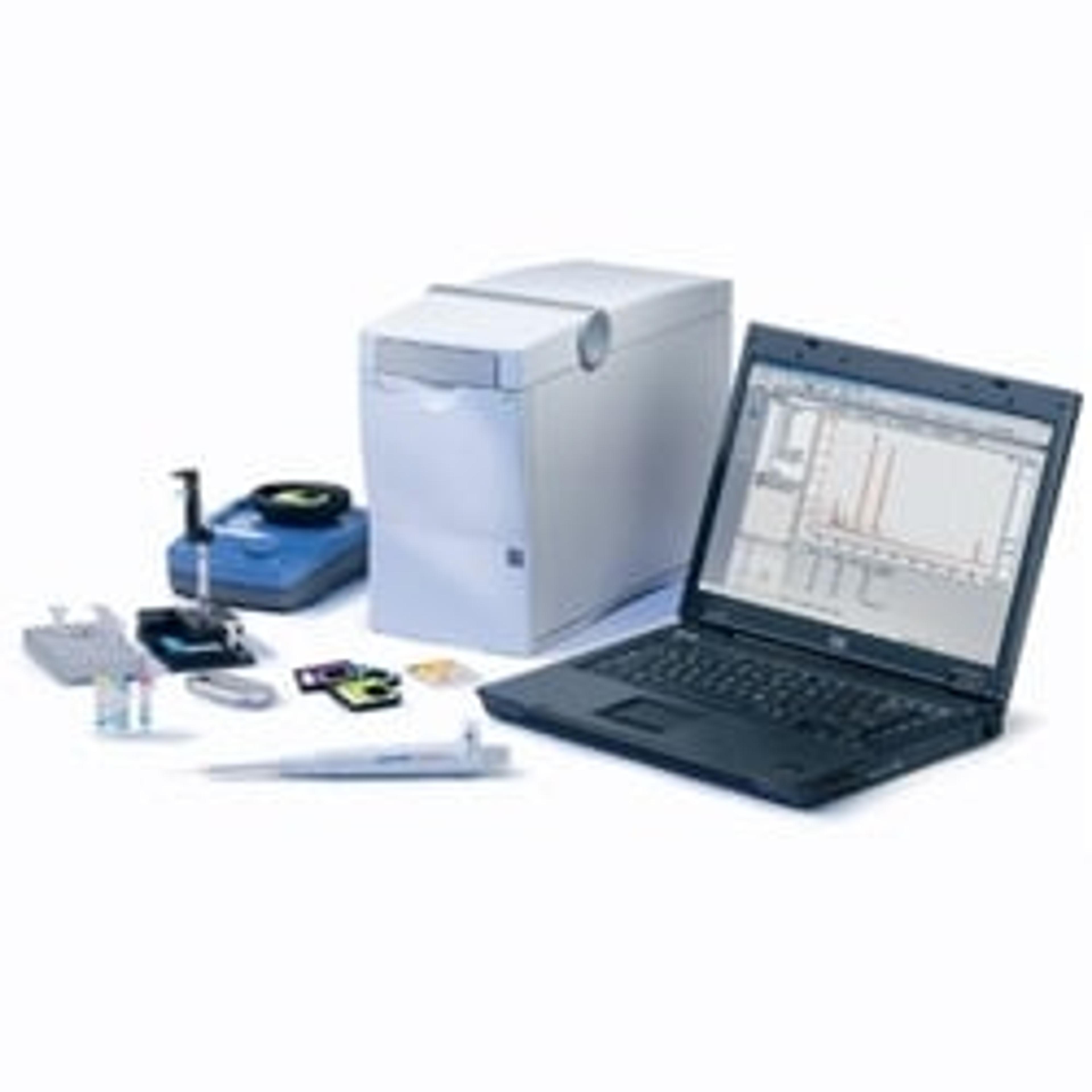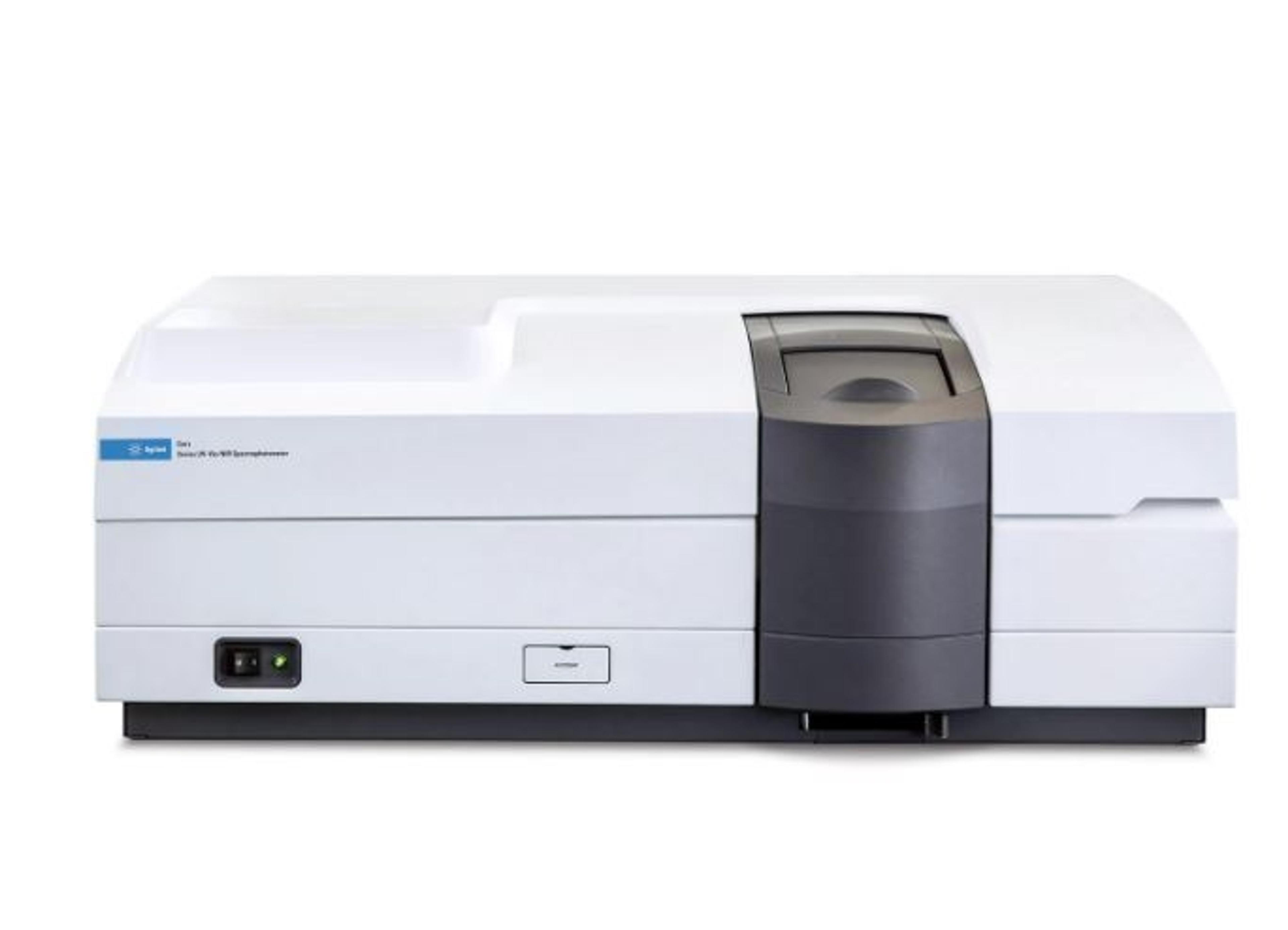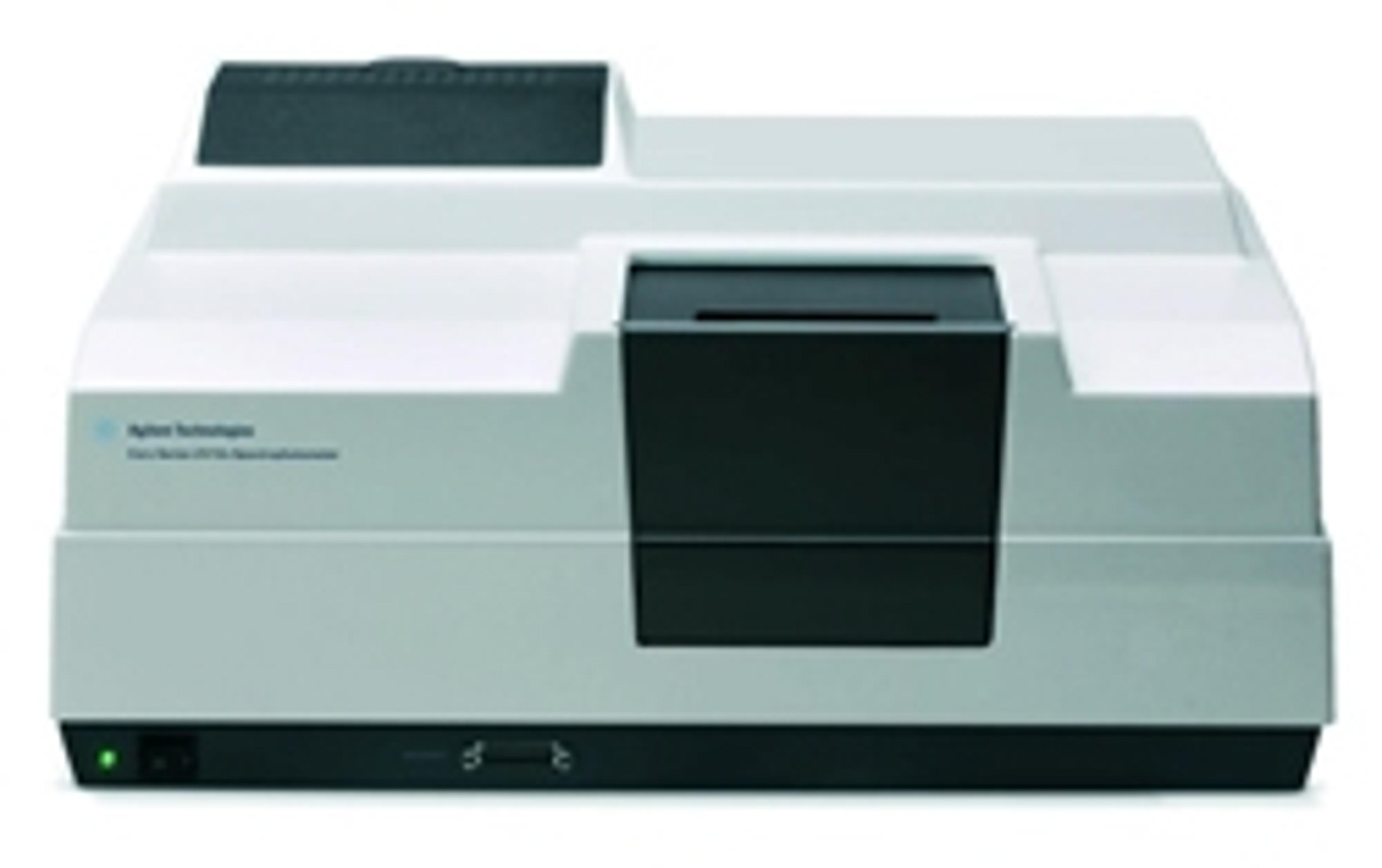Mosquito Gene Expression Microarrays
Anopheles gambiae is the main vector of the parasite Plasmodium falciparum causing malaria, one of the most significant parasitic diseases in the world, and of several other human diseases. This Agilent Microarray enables genome-wide transcriptome profiling in different developmental stages & tissues of Anopheles.
Anopheles gambiae is the main vector of the parasite Plasmodium falciparum causing malaria, one of the most significant parasitic diseases in the world, and of several other human diseases. This Agilent Microarray enables genome-wide transcriptome profiling in different developmental stages & tissues of Anopheles. You can also examine differences in expression in response to environmental changes or drug perturbations.
Oligo quality, probe design and protocol flexibility allow to obtain wide dynamic range, and unmatched sensitivity and reproducibility.
Features:
- 43,803 mosquito probes represented
- formatted as 4x44K high-definition microarrays on barcoded, 1 x 3 (25 mm x 75 mm) glass slides
- Widest dynamic range of over 5 logs ensures detection of low and high expressors to accurately represent the range of expression levels
- Consistent feature (spot) quality from microarray-to-microarray yielding results you can trust
- Access probe sequence and annotation information easily through Agilent’s earray website
- 43,803 mosquito probes represented
- formatted as 4x44K high-definition microarrays on barcoded, 1 x 3 (25 mm x 75 mm) glass slides
- Content sourced from: Refseq (Release 27), Jan 2008, UniGene (Build 10,) Jan 2008, UniGene (Release 54), Dec 2007, TIGR (Release 11), Aug 2006, Ensembl (Release 49), Feb 2008, Entrez gene, April 30, 2008, anoGam1 (MOZ2), Feb 2003, UCSC dm3 (BDGP Release 5), April 2006
- To order, specify PN G2519F and Array ID corresponding to the desired array ID 020449
For Research Use Only. Not for use in diagnostic procedures.

